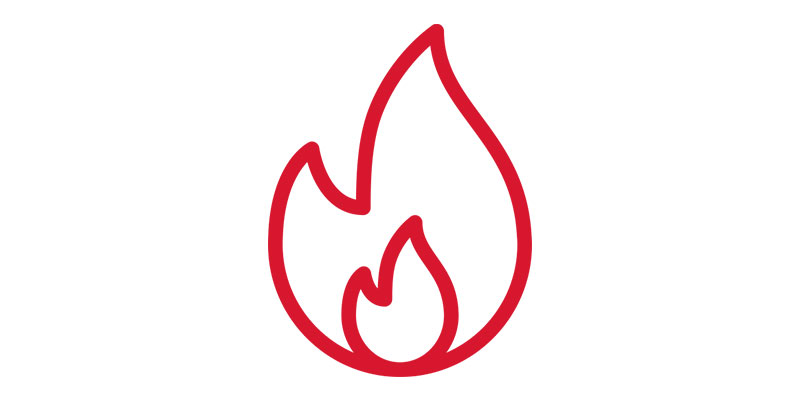It’s a must for any Sydney company. It’s not just legally required but an effective way of keeping the property, employees and customers secured. A fire can cause catastrophic losses in minutes, but many of these risks could be mitigated or avoided with the proper security measures in place. The combination of inspections of fires, electrical systems testing and tagging and complying with CFSP guidelines all contribute to the safety of workers and assure that businesses adhere to the Building Code of Australia and local standards of the council.

The importance of fire inspections to ensure safety
Fire Inspections are the first line of defense against potential hazards. These inspections ensure that all the components of the fire protection system in the building are functioning and in good condition. Businesses in Sydney have to conduct inspections 6 or 12 times each year, based on the type of building and the regulations of the council. Inspections can cover everything from smoke alarms and sprinkler systems to fire alarm panels and hydrants to emergency lighting and fire alarms.
The ability to identify the hidden problems and rectify problems before they become dangerous is what makes inspections crucial. It might not seem like a huge issue, but a small problem with a fire hydrant, or a smoke alarm that is not working, could result in fatality in the event of an emergency. Through conducting periodic fire inspections business owners are not just meeting the requirements of compliance, but are actively taking steps to safeguard their premises from unavoidable disasters.
Testing and Tagging For Electrical Safety: Addressing Hidden Safety
Electrical systems are a primary cause of fires in the workplace. This is why testing and labeling should be an essential part of any fire safety plan. This includes checking electrical devices to ensure they are in good working order, are safe and reliable. Following that a tag that is visible attached to the equipment indicating it has passed inspection. This is not an obligation for all enterprises. It is also a method of safeguarding from hidden risks.
The old wiring, malfunctioning appliances, or worn-out cables can easily become fire hazards if left unchecked. Through conducting regular tests and tagging, businesses can reduce the possibility of electrical issues that can cause fires. This also creates confidence and trust within employees by ensuring them that their workplace is safe. In conjunction with fire inspections, testing and tagging provides a complete safety strategy that minimizes risk across multiple areas.
The role of CFSP in Compliance and Certification
In New South Wales only a Competent Fire Safety practitioner (CFSP) can be accredit or sign critical documents regarding fire safety such as the Annual Fire Safety Declarations. The CFSP certification guarantees that only professionals with the appropriate qualifications can examine and validate fire safety measures. If business owners are working with the CFSP inspections and reports won’t be just a routine piece of paperwork but a reliable evaluation carried out by experts.
The function of a CFSP goes beyond marking boxes. These professionals provide detailed reports and verify compliance with the regulations. Businesses that are not certified with CFSP certification face the threat of being penalized, having legal issues or even closure if fire safety measures are deemed inadequate. Working with professionals who are accredited ensures that the fire safety system is being maintained correctly, and that all compliance requirements are met.
Fire Safety is a Continuous commitment
Each business owner is responsible for ensuring that they have a obligation to make sure that fire safety is a top priority. Regular inspections and testing of electrical equipment, together with the proper certification of CFSP ensure a safety loop that will never end. This is not just legal, but also fosters a safety culture in the workplace. Employees feel safe knowing that clear evacuation procedures are in place and smoke alarms work and the emergency lighting has been tested, and fire suppression equipment is ready to use.
Treating fire safety as an ongoing process, rather than checking it off every year not only reduces risks but also strengthens the company’s image. Customers and clients feel more safe in a space that is a safe and secure environment. In the long term investing in fire protection that is proactive saves cash by avoiding costly damage such as fines, legal battles, as well as protecting the lives of every person who walks into the building.
Conclusion
Sydney’s fire safety program is a multi-layered procedure that involves inspections and testing, tagging, as well as the professional certification of an CFSP. Each element is essential to making sure that businesses comply with the rules, and most crucially, that both people and properties are protected. Safety is a constant part of every business’s operations not something that is merely a side-effect. Companies can fulfill their legal obligations and create a more durable and safer atmosphere in the near future if safety is an integral aspect of the daily routine.